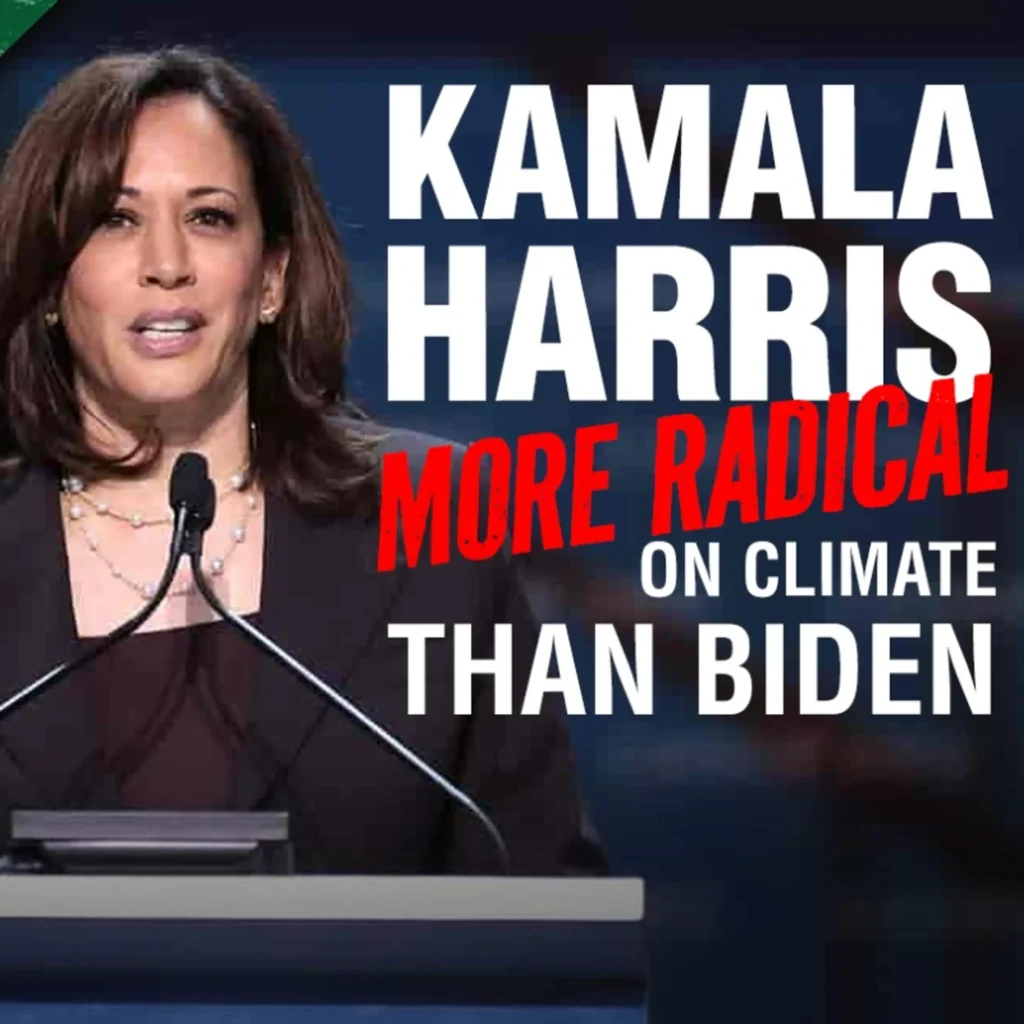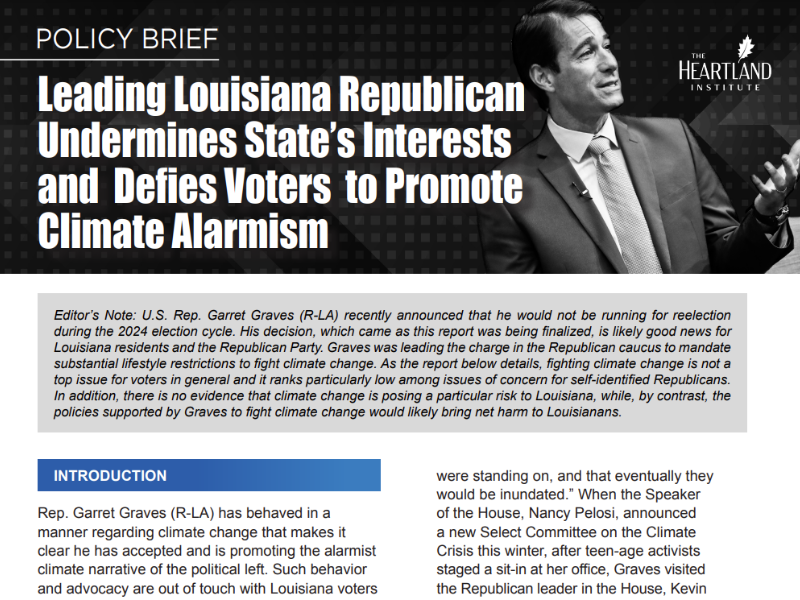The $1.1 trillion “Cromnibus” continuing resolution/omnibus spending law funding most government agencies through the 2015 fiscal year contains a number of special interest tax breaks, including reinstatement of the expired Production Tax Credit for wind power producers.
Some analysts expressed surprise Congress reinstituted the PTC, as just in 2013 a block of Republicans insisted the credit lapse. Despite the high costs and inherent intermittency of wind power, there are signs the new Congress may continue some support for the wind industry. When campaigning last fall, incoming senators Cory Gardner (R-CO) and Joni Ernst (R-IA) had pledged support for wind power producers.
PTC Extension, Sort Of
The wind industry lobbied for a multiyear extension keeping the full PTC subsidy in place through 2015, then ratcheting down support to 80 percent in 2016 and 60 percent in 2017 before ending it entirely. Instead, the industry received a single-year extension for projects under construction or beginning before the end of 2014.
Regardless of the PTC, the wind industry expects its production to grow by approximately 8 percent by 2020, driven by state renewable portfolio mandates requiring electric companies get a specified proportion of their output from wind, solar, and other renewables producers.
Former seven-term Oklahoma Congressman Ernest Istook has been a vocal critic of the wind PTC. “Like all subsidies, the latest extension of the wind energy tax credit is a mess,” he said.
It covers only 2014, so it’s already expired again, Istook noted. “Almost every developer had been holding back during 2014, because without subsidies their projects typically are money-losers. Since the extension became law on December 16th, developers only had a two-week window to make what the IRS accepts as significant progress on a new project,” he said.
May Cost Billions More
The Joint Committee on Taxation estimated the provision would cost $6.4 billion, as the government provides a 10-year tax credit of 2.3 cents for every kilowatt-hour of electricity produced. Istook, says he believes the subsidy amount is understated.
“Once a project qualifies, it’s guaranteed several years’ worth of future subsidies;” he said. “So beware that the industry will lobby the IRS to loosen its definitions once again, so that projects will qualify even if they were only ‘intended’ to start in 2014. That could mean billions more in subsidies for the industry.”





